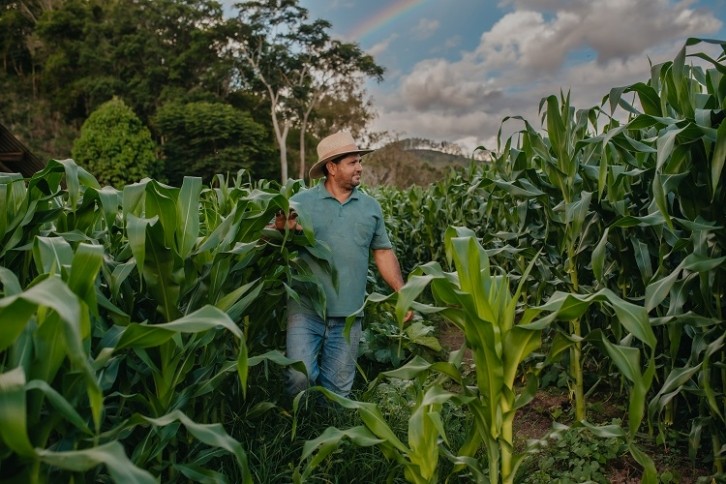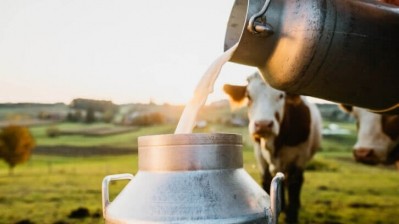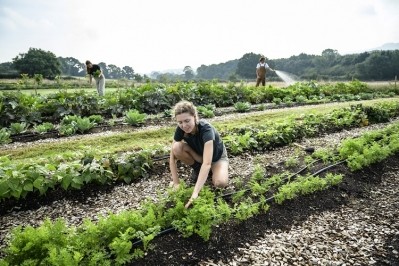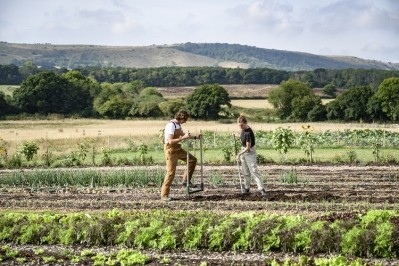How do we measure the success of regenerative agriculture?
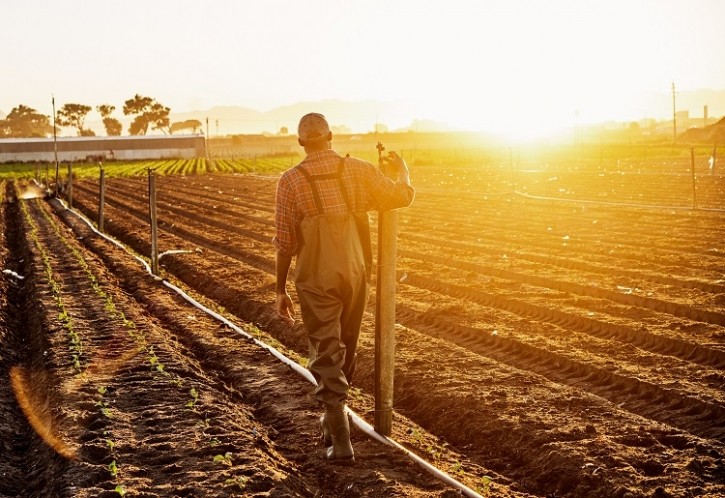
What's the problem with regenerative agriculture?
Regenerative agriculture refers to a wide array of agricultural practices designed to restore the global ecosystem, protect soil, water and local communities and prevent biodiversity loss while feeding a growing population. However, for the last few years, the industry has been struggling to agree on a definition and framework to measure the success of new initiatives and strategies.
While some attempts have been made to set out clear parameters, at COP28 Regen10, an initiative run by organisations including the Sustainable Food Trust and the Food and Land Use Coalition unveiled its Zero Draft Outcomes-Based Framework. Its aim is to build an evidence base that makes clear what can be measured at farm and landscape level that captures deep environmental, social, and economic outcomes.
A real world approach to regenerative agriculture
By taking into account farmers’ experiences, the wellbeing of local communities, and aiming to focus on outcomes rather than methods, Regen10 believes this will help deliver a more complete picture of the state of agricultural land globally.
“A focus on outcomes over practices is critical because practices in one place do not always deliver the same outcomes as practices used in another – acknowledging there are many ways to build a regenerative food system,” Theodora Ewer, Program Manager for Regen10, tells FoodNavigator.
The framework will be developed through consultations with farmers, business, experts and academia, civil society and indigenous peoples to optimise its potential. It will also be trialled on the ground in farms and landscapes to see how it works in real life.
Farm-level regenerative agriculture practices
“The farm level framework is primarily designed to support farmer livelihoods by providing information about the holistic and interconnected farming system – across environment, economic and social elements,” Regen10’s Ewer told us. “The framework allows farmers to assess their farm’s risks, resilience and the trade-offs they might encounter from using certain practices.”
The framework is centred around 12 key outcomes, which aim to take into account the many different elements of regenerative agriculture. They are:
- Climate – Measures adaption to changing climate, as well as reduction of greenhouse gas emissions and carbon sequestration.
- Finance – Measures the financial wellbeing of farmers, their access to financial resources and financial flexibility.
- Product – Measures yield, quality and productivity of nutritious crops and livestock products, their diversification (to mitigate risk), and circularity.
- Livestock – Measures the health and wellbeing of livestock.
- Crops and Pasture – Measures crop and pasture health and lifecycle.
- Work Environment – Measures the salary, health, wellbeing, equitability and work life of farmers and workers, as well as their skill and knowledge levels.
- External inputs – Measures the risks and opportunities present in relying on external inputs.
- Resources – Measures the accessibility and availability of the right infrastructure and equipment.
- Governance – Measures how resilience is being incorporated into decision making, how local knowledge and traditions are being respected, and the level of influence farmers have over their own land.
- Soil and Water – Measures the optimisation of soil health and fertility, and water availability and efficiency.
- Nature – Measures farm biodiversity and habitat functionality, minimises soil, water and air pollution.
- Community – Measures the contribution from and connection with local communities, and the recognition of farmers’ contributions to said community.
Landscape-level regenerative agriculture practices
As well as focusing on farm-based outcomes, the framework also considers the landscape. Data on landscape-level outcomes can be collected by a wide range of stakeholders, including not just farming organisations but landscape-level initiatives, national and local governments and the private sector.
The framework considers carbon sequestration and greenhouse gas (GHG) emissions reduction, but also other environmental issues: nature and improving the landscape through optimising biodiversity in both farm and landscape, and minimising soil, air and water pollution.
“By collecting data against these outcomes,” Ewer told us, ”farmers and landscape stewards can identify which practices benefit nature, and act accordingly. It is important that outcomes are measured alongside each other across the whole framework to ensure that trade-offs are made explicit and are mitigated where possible.”
At the landscape level, local communities and their wellbeing, are key. Measuring beyond the farm gate means it's possible to assess the impact food production has on people living nearby, especially indigenous communities.
The 11 landscape-level outcomes are positioned around the farm-level outcomes. They aim to:
- Minimise water, air and soil pollution
- Optimise land biodiversity and habitat functionality
- Improve water availability
- Decrease GHG emissions
- Optimise carbon sequestration and storage
- Increase inclusivity and empowerment of local communities
- Enhance wellbeing of local communities
- Increase knowledge, employment and education of local communities
- Optimise access to safe and nutritious food
- Increase landscape value creation through agricultural and market infrastructures
- Increase economic diversification and resilience of the landscape.
Global outcomes and policy decisions
Finally, the framework measures global outcomes by aggregating the data on a worldwide scale meaning it can be used to influence policy and change regulation.
“Leveraging the new evidence base can assist advocacy for changes to regulation that better support farmers’ and landscape stewards’ needs," says Ewer. "The data can also be shared with policy makers to facilitate data-driven and evidence-based policy decisions. This can help companies better understand how the supply chain can empower and incentivise farmers and land stewards to transition to more regenerative practices.”
